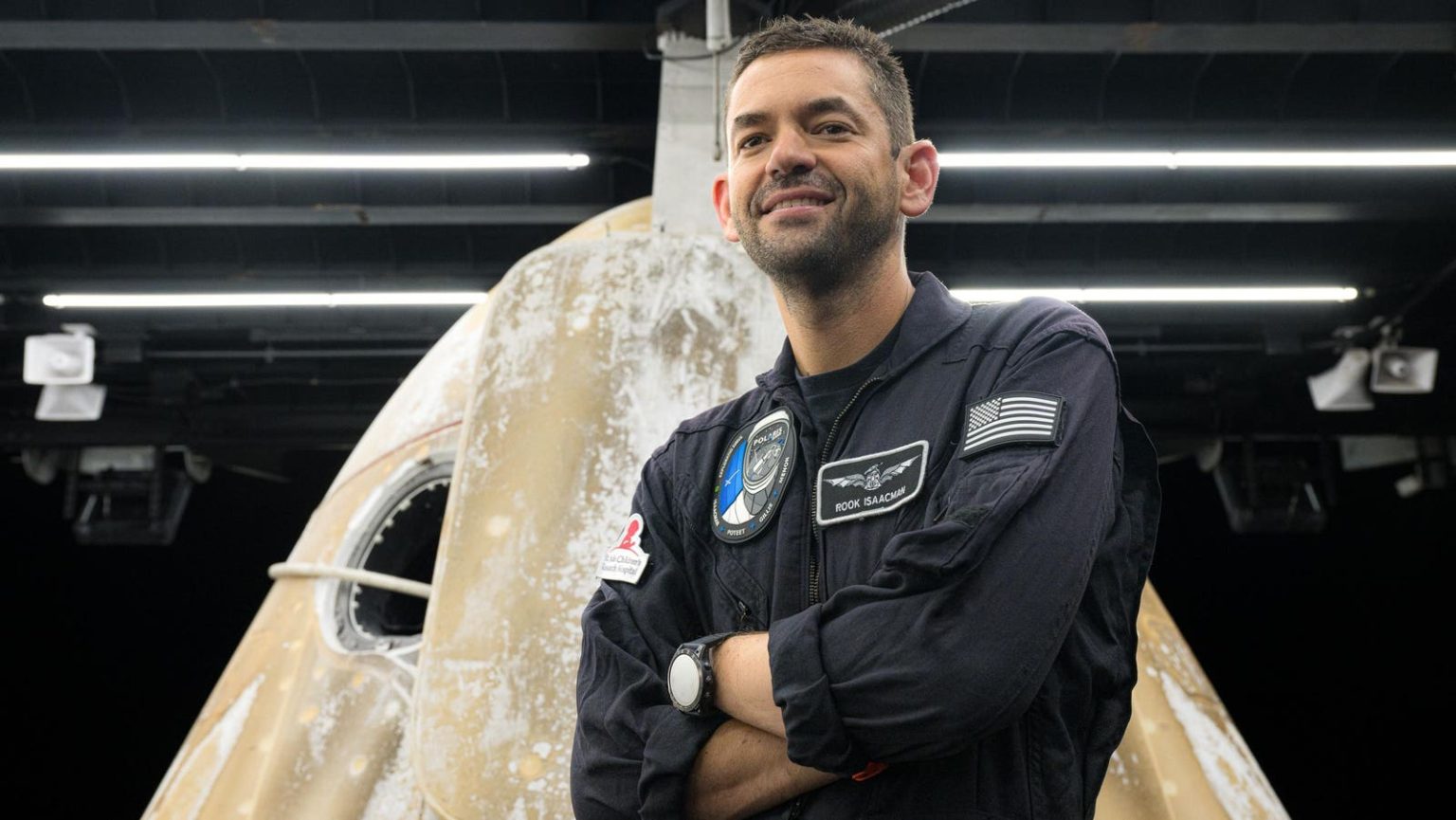Jared Isaacman, the billionaire who recently returned from a historic orbital mission called Polaris Dawn, is still adjusting to life back on Earth after experiencing sleep deprivation during the five-day mission. During the mission, Isaacman reached a distance of 870 miles away from Earth, the highest Earth orbit any human has been to since NASA’s Apollo 17 mission in 1972. He also became the first private citizen to conduct a spacewalk, along with crewmember Sarah Gillis, an engineer at Elon Musk’s SpaceX. The experience of the spacewalk was overwhelming for Isaacman, with sensations such as cold, adrenaline, physical exertion, and the visual stimulus of seeing Earth from space all coming together.
The spacewalk, which was supposed to last about two hours, ended up taking only around 90 minutes. Isaacman and his crewmates, including two other crew members, spent two and a half years training for the mission, with three-quarters of that time taking up about half of each month. While the experience was challenging, Isaacman believes that exploring space requires hard work and being well-prepared. Polaris Dawn was Isaacman’s second trip to space, following his first mission in September 2021 that raised over $250 million for St. Jude Children’s Research Hospital, in collaboration with SpaceX.
One poignant moment for Isaacman during the Polaris Dawn mission was when his crewmate Sarah Gillis played the violin on the spacecraft, which was streamed using Elon Musk’s Starlink. Despite the emotional moments, one of the most terrifying parts of the mission was re-entry, where Isaacman felt the intense g-forces and the pressure of being helpless. The Polaris Dawn mission is the first of three planned missions, with a second mission expected to take place in two to three years aboard a SpaceX Dragon 2 spacecraft.
Isaacman’s payments company, Shift4, is an investor in SpaceX, with the company’s stake in SpaceX growing significantly over the past year. The total cost of the Polaris Dawn mission has not been disclosed, but reports suggest it may have cost hundreds of millions of dollars. Isaacman, who has a net worth of $1.5 billion, is passionate about space exploration and sees no economic benefit to his endeavors. The mission had specific scientific goals, including testing new spacesuits, communication methods, and conducting scientific research experiments that will inform future long-duration missions.
Isaacman and his crew underwent extensive post-mission evaluations to track their vitals and gather data that will help prepare for future missions. Now back on Earth, Isaacman is focused on his future space pursuits and is concerned about the divisive political environment in the U.S. He believes that if people can focus on their similarities and work together, they can create a better future for tomorrow. Overall, Isaacman’s experiences in space have deepened his passion for exploration and the potential for humanity in the vast unknown of outer space.


